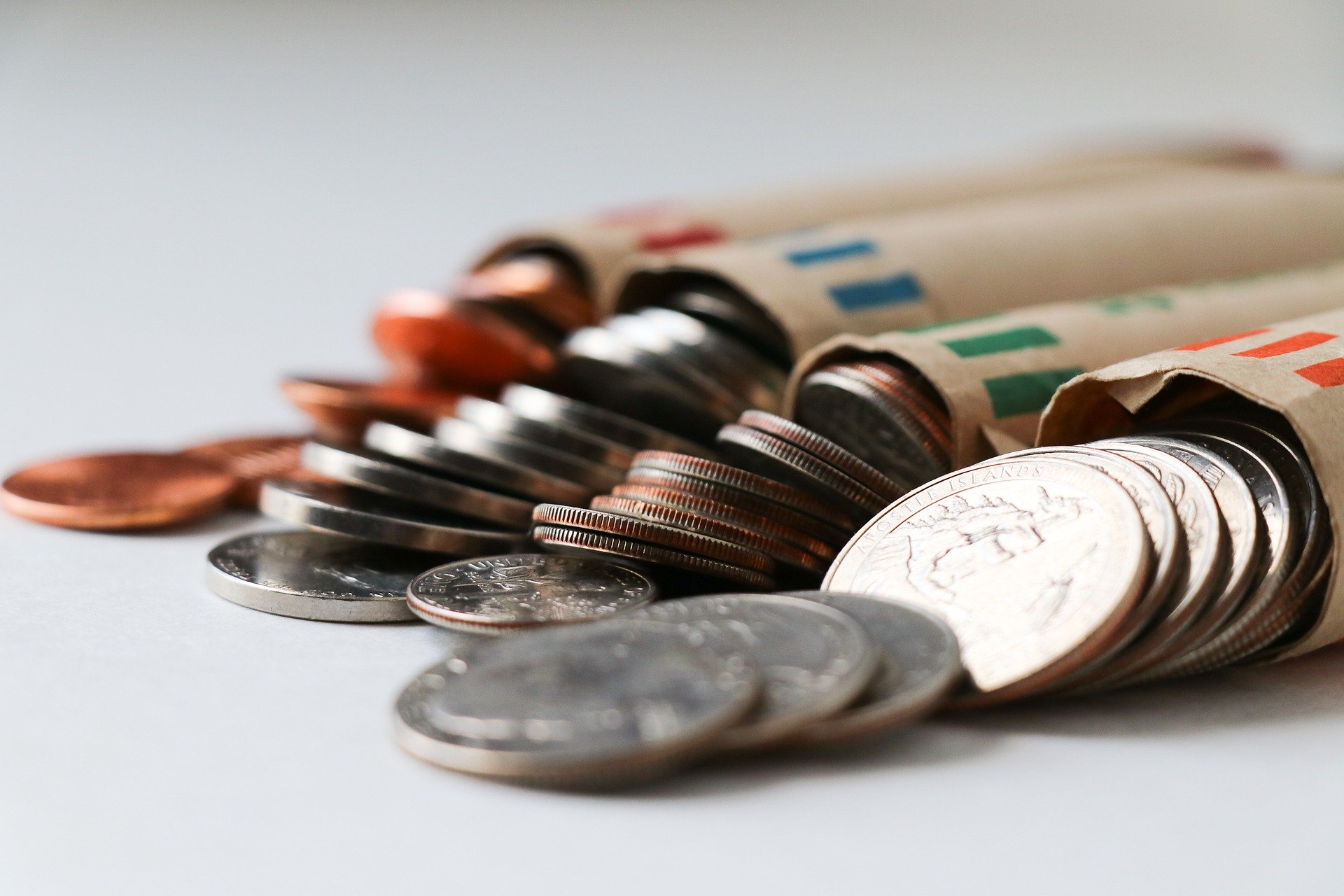Got change? The latest commodity to run in short supply during COVID-19 is coins.
Although we are increasingly becoming a cashless society, coins play an integral role in day-to-day commerce, and a decreased supply can severely impact small businesses that are already struggling.
Here’s what you need to know about the most recent shortage caused by COVID-19.
What triggered the shortage?
The jangling coins in your wallet were stricken in the U.S. Mint. The Federal Reserve distributes these coins to financial institutions across the country. From there, the coins enter the economy and begin circulating. But now, with the pandemic upending the economy and the Mint operating at partial capacity, this chain was disrupted for months at a time.
Even now, as large segments of the country reopen, the supply of coins is failing to keep pace with demand. Many consumers still shop remotely, and those who do shop in physical stores are opting for contactless payment.
The response to the shortage
To help mitigate the fallout of the coin shortage, the Federal Reserve began to ration its coin distribution on June 15, giving banks and credit unions only part of their requested orders. The Reserve has also encouraged financial institutions to order only the amount of coins they need to meet short-term demand.
The Federal Reserve is working together with the Mint to ramp up production of new coins and to lift supply allocations in the near future.
The impact of the shortage on the economy
In a virtual hearing on June 17, Rep. John Rose of Tennessee said that the banks in his district, having received only part of their weekly coin order as per the Federal Reserve’s rationing, would likely run out of change by the end of the week, or might need to round up or down if they run low.
“In a time when pennies are the difference between profitability and loss, it seems like it might be a bigger concern than the announcement from the Fed would indicate that it is,” Rose said.
A temporary shortage
The Federal Reserve says the coin shortage is temporary and will resolve in the near future as the economy reopens; however, the dearth in available coins is still a reality that can be felt in all sectors of the economy. As a consumer, this means financial institutions may be unable to fulfill your complete request for coins at this time. You may also feel the impact of the shortage when paying cash at brick and mortar stores; the clerk may not be able to provide you with accurate change.
Finally, if you have spare change lying around at home, be sure to use them to help close the gap between coin supply and demand.
Your Turn: Have you felt the impact of the coin shortage? Tell us about it on our Yammer page.


